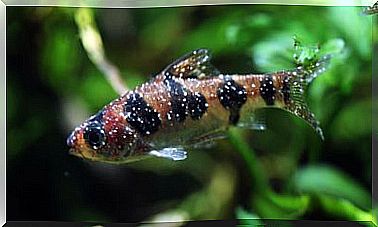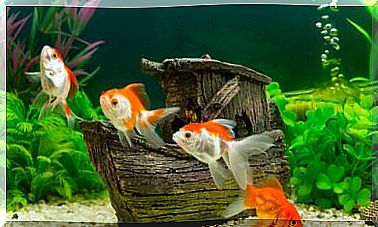What Are Environmental Impact Indicators?

Environmental impact indicators are used to determine the extent to which an ecosystem is affected by human action. These indicators are based, in general, on quantifiable parameters present in nature, which give us clues about their state as regards pollution and sustainability.
What are these indicators? How are they measured? From the physicochemical characteristics of the environment to the presence and proliferation of various species, these parameters can alert us that an ecosystem is spoiling before it is too late.
The need to protect nature
The enormous environmental impact that humans have on ecosystems due to our activities is undeniable. Construction, public infrastructure and resource extraction are just a few examples of this.
For all these reasons, environmental impact laws require a series of measures to protect the environment from anthropic activities. Although we are the dominant species on the planet, not everything goes.
For years, the greater ecological awareness of the population has caused the laws of many countries to require greater respect for the environment, and therefore, a series of strict protocols when building structures or carrying out activities in ecosystems.

Objectives of the environmental impact assessment
The governments of all countries and various administrations use environmental impact assessment to try to find out to what extent we are altering the natural balance. In summary, the objectives of the environmental impact assessment are as follows:
- Report on the state of the environment affected by human action.
- Scientifically predict the future of ecosystems in the face of anthropic pressures.
- Serve as a basis for decisions that may affect the affected environment.
Indicator types and examples
The Higher Institute for the Environment defines environmental impact indicators as “a measure of environmental quality, which can be used to assess the status and trends in the environment’s ability to support human and ecological health.”
There are many ways to classify environmental impact indicators. To simplify this whole topic, we will see the types of indicators according to their nature:
- Physical-chemical: they are based on physical or chemical parameters of the environment. The most used are the pH, the amount of nitrates and the concentration of organic carbon.
- Bioindicators: these are organisms that, with their presence, report the state of the environment. There are many examples of bioindicators, which we will see later.
- Geomorphological: they evaluate the state of the soil and erosion, two key factors for the health of nature.
1. Physical-chemical indicators
As their name suggests, they are indicators that are based on the measurement of physical or chemical variables of the environment to be studied. Since everything on earth is basically physical and chemical, they can be used to measure all kinds of impacts.
There are many physicochemical factors that inform us of the state of nature. In aquatic environments, the indices of water quality, turbidity and dissolved oxygen are especially important . In terrestrial environments, the pH of the soil and the concentrations of various molecules – nitrates and heavy metals, for example – stand out.
2. Bioindicators
One of the most important elements to assume the health of the ecosystem is the presence of bioindicator species. As their name suggests, these living beings inform us with their presence of the proper functioning of an ecosystem.
These species have the characteristic of being very sensitive to environmental disturbances. Some of these living beings are plants – such as lichens – but there are many morphologically complex animals that are also bioindicators.
In aquatic ecosystems, some invertebrate organisms, such as insect larvae, stand out as indicators of good water quality. In vertebrates, the otter is the quintessential bioindicator of healthy freshwater systems, leaving them quickly when conditions worsen.
3. Other environmental impact indicators
Apart from those mentioned above, there are a multitude of indicators that take into account many other factors that can affect the environment.
Here we can include the indicators that have to do with the landscape: erosion and aerial coverage, for example. Also, biodiversity is an important factor in determining the environmental health of an area. Thus, biodiversity indices help us to know how many species there are in an area.

In conclusion, environmental impact indicators help us understand the state of a specific natural area and make conservation decisions about that place.









